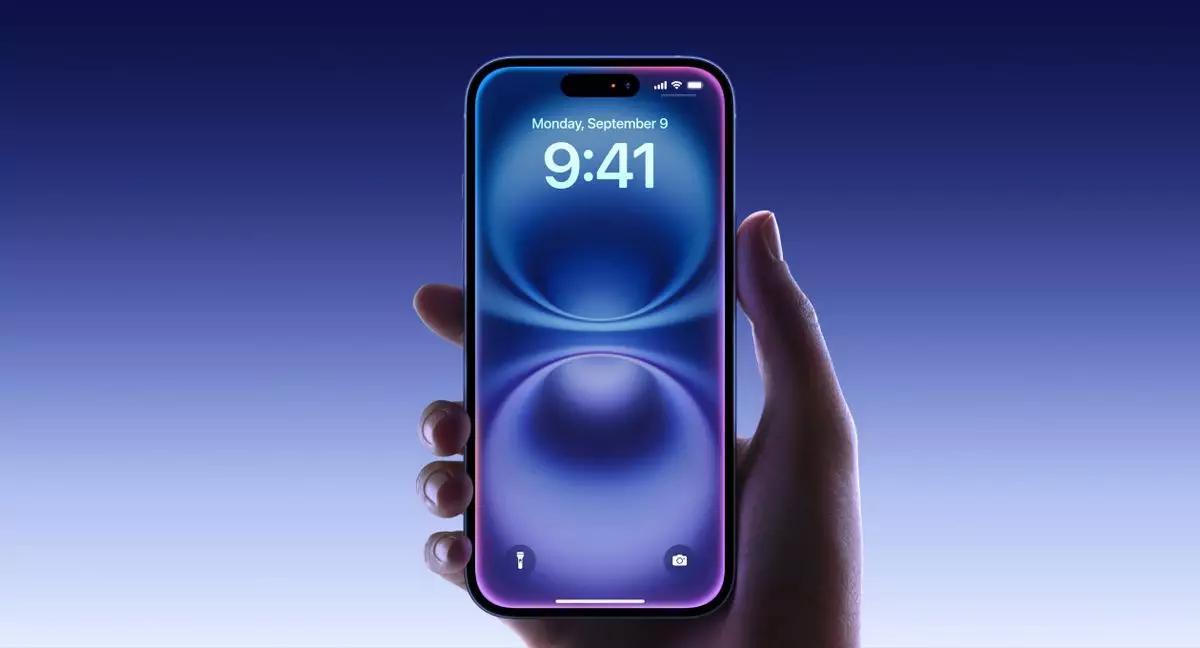In a recent reported case by the US Department of Justice, two individuals from China were sentenced for orchestrating a significant fraud against Apple Inc. The scheme involved impersonating customers with bogus claims about malfunctioning iPhones to illicitly receive legitimate replacements. While Apple ultimately caught onto this scheme, the fact that it succeeded for a notable duration exposes vulnerabilities not only within Apple’s systems but also raises concerns for consumers reliant on the brand’s market integrity. Over $2.5 million was lost before the full extent of the fraud was recognized, highlighting a systemic flaw in fraud detection processes that allowed thousands of counterfeit devices to infiltrate the legitimate repair ecosystem.
Central to the success of this fraudulent operation was the use of counterfeit iPhones fabricated with spoofed International Mobile Equipment Identity (IMEI) numbers. These counterfeit devices entered the repair stream, leading Apple to unwittingly issue genuine iPhones as replacements. Such fallacies expose the extent to which counterfeiters can mimic brand attributes, turning tech giants’ reliance on trust against them. According to an affidavit, the scheme involved more than 5,000 inauthentic phones, potentially escalating the planned loss to over $3 million, an astonishing number that reveals the sophisticated planning involved in executing such fraud.
This case exemplifies a predatory market environment where counterfeit products are not merely potential risks but active players capable of inflicting real financial harm on a reliable institution. The allure of genuine Apple products makes consumers vulnerable to deception, demonstrating how intricate and layered fraud mechanisms can thrive in such ecosystems.
While the two fraudsters received sentences and were ordered to pay restitution—$1,072,200 from one and $397,800 from the other—this total of approximately $1.47 million falls significantly short of compensating Apple for their losses. For a multibillion-dollar corporation like Apple, $2.5 million might be a drop in the bucket; however, the implications of this crime extend beyond monetary losses. They tarnish Apple’s image, undermine consumer trust, and highlight the darker side of a highly competitive technological market where fraud and counterfeit goods can cloud service integrity.
The case serves as a stark reminder that the battle against fraud is a continual challenge for both companies and consumers. As digital marketplaces expand, the potential for loss increases, necessitating tighter security measures and richer educational outreach regarding the risks associated with purchasing tech products—especially in second-hand markets.
For consumers, the revelation of this fraud case presents a cautionary tale. Understanding how to navigate the second-hand iPhone market requires diligence and cautious skepticism. Products that appear too good to be true often come with strings attached. Buying from trusted sellers who can provide proof of authenticity or warranty offers significant security. Even further, consumers must arm themselves with knowledge regarding potential counterfeit indicators.
As tech enthusiasts venturing into the realm of second-hand purchases, the lesson learned emphasizes the importance of vigilance. With the recent rise in counterfeit computer parts reported in the PC gaming world, one must wonder how closely aligned these risks are across various technology sectors. Consumers must remain aware that fraudulent components can lead to dire consequences, not only financially but also in performance and safety.
The sentencing of the two individuals in the Apple fraud case should act as both a warning and an opportunity for education. Companies must strive for more robust product verification processes to protect not only their assets but also their consumers. Simultaneously, technology users must enhance their awareness to avoid the pitfalls presented in the second-hand market. By staying informed and cautious, consumers can better navigate the complexities of purchasing technology in an increasingly fraudulent landscape, ultimately leading to safer buying decisions and greater preservation of trust in market giants like Apple.

